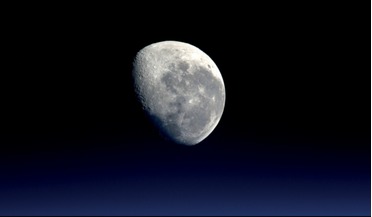 September 2016
Transforming US space policy
September 2016
Transforming US space policy
When most people think of space, they think of the space race between the United States and the Soviet Union, the Apollo programme, Space Shuttle launches, the International Space Station; all high profile human exploration programmes carried out by...
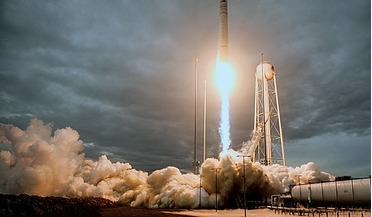 January 2018
Space nation's first orbiting satellite
January 2018
Space nation's first orbiting satellite
... 2017 from NASA’s Wallops Flight Facility in Virginia as a part of the OA-8 Antares-Cygnus mission to the International Space Station (ISS) and deployed after Cygnus completed its mission at the ISS and was placed into a higher orbit. Speaking from...
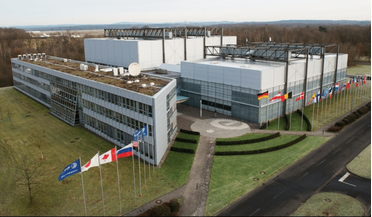 February 2018
European centre shifts emphasis to deep space missions
February 2018
European centre shifts emphasis to deep space missions
... has unique training, medical operations and astronaut operations/support expertise in Europe. While currently focused on the International Space Station (ISS) programme, a large part of EAC’s competencies is relevant for any future human spaceflight...
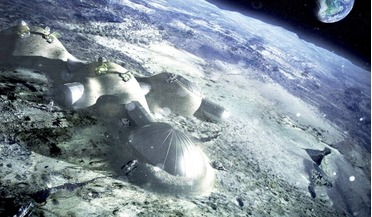 October 2018
Sustainable ways of living on the Moon and Mars
October 2018
Sustainable ways of living on the Moon and Mars
...exploration directions. Other nations may well follow and, like the International Space Station (ISS), this approach could involve collective national initiatives. European Space Agency (ESA) Director General, Jan Woerner, is among those enthusiastic...
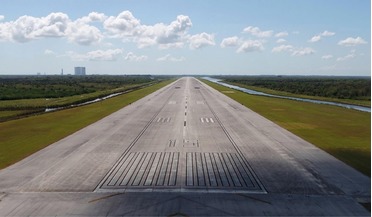 April 2020
Space Florida - gateway to an interstellar future
April 2020
Space Florida - gateway to an interstellar future
... planetary science missions. Astronauts flew aboard the Space Shuttle to the International Space Station and the Space Coast region rode the economic boom of America’s thriving space programme as the Air Force provided Cape Canaveral facilities, NASA...
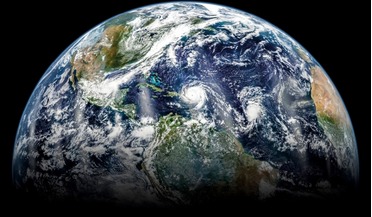 July 2020
Pandemic in space – are we ready?
July 2020
Pandemic in space – are we ready?
...on 17 April 2020, following her 200-day mission on the International Space Station, NASA astronaut Jessica Meir described the situation unfolding on the planet as “quite surreal”. Indeed the world had changed significantly during her relatively short...